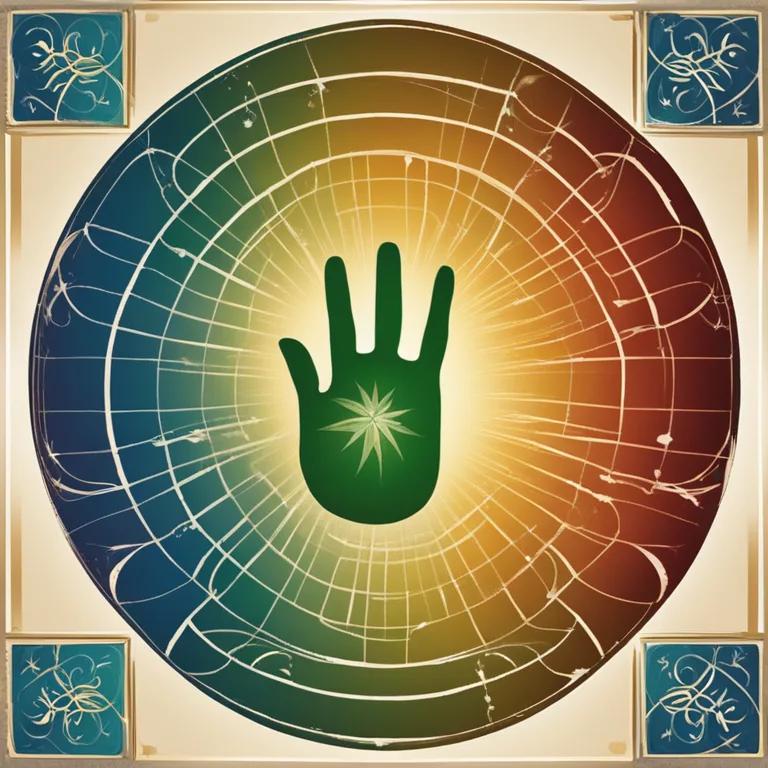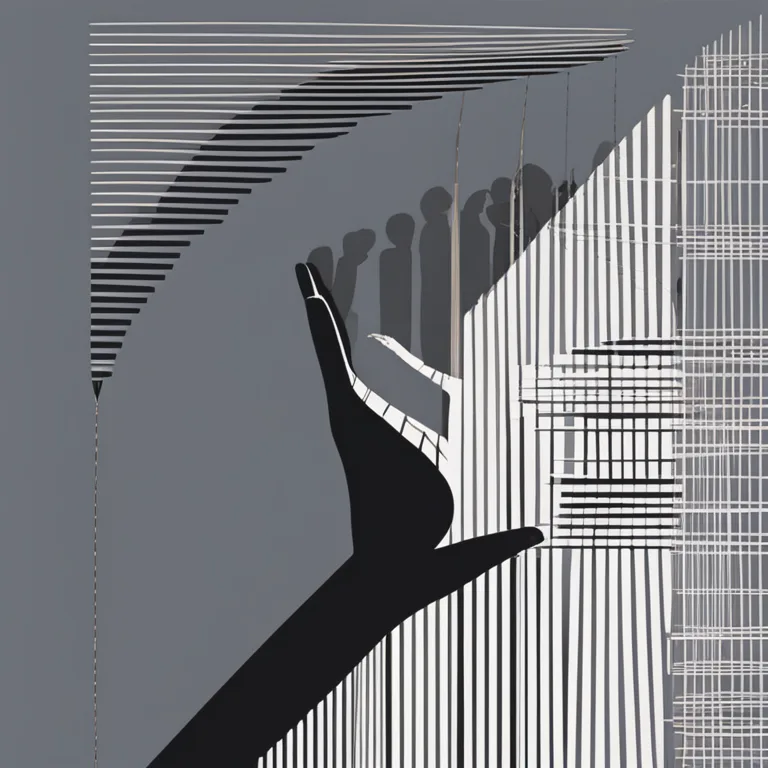
The Names of Palm Lines: Key Markers in Palmistry
Discover the essential lines in palm reading and what they signify about personality, life prospects, and destiny in our comprehensive guide to palm line nomenclature.
article by Nora Pennington
An Introduction to Palm Lines
Palmistry, or chiromancy, has been a form of divination for thousands of years, offering insight into an individual's personality, future, and their life's potential challenges and gifts. The practice is anchored in the analysis of the palm, specifically the lines that cross it. These lines are believed to tell a rich and intricate story about a person's life path. In this article, we delve into the primary lines that are of utmost interest in palmistry and their commonly accepted interpretations in modern times.

Understanding the Major Palm Lines
Generally, there are three principal lines that palmists consider: the Heart Line, the Head Line, and the Life Line. The Heart Line, often found at the top of the palm, signifies emotional well-being and aspects of love and affection. The Head Line, sitting below the Heart Line, is indicative of intellectual tendencies, psychological faculties, and belief systems. The Life Line, sweeping around the thumb, is routinely associated with vitality, physical health, and life changes. Together, these lines form the foundation of a palm reading, weaving a narrative about the individual's personal tapestry of experiences.

Discovering the Secondary Palm Lines
Beyond the major lines, there exist several secondary lines each holding their own significance. The Fate Line, sometimes known as the Saturn Line, runs vertically and is thought to reflect one's destiny or career. The Sun Line, also referred to as the Apollo Line, often relates to creative talent and public acclaim. Then there's the Mercury Line, which may hint at communication skills or business acumen. Each of these lines adds depth to the palm reader's interpretation, contributing unique facets to the person's overall profile.

Minor Markings and Their Meanings
Palmistry also accounts for a variety of minor lines and markings, which can interplay with the major and secondary lines. These include the Girdle of Venus, symbolizing emotional sensitivity and the intuitive capacity, or the Marriage Lines, which are small lines found near the edge of the palm under the pinky finger that can indicate significant relationships or marriages. The Children Lines, if present, are small vertical lines crossing the Marriage Lines and may represent potential for offspring. These and other minor markings bring nuanced insights into the palmistry reading.

Modern Palmistry: An Evolving Practice
While the core principles of palmistry remain intact, the interpretation of palm lines continues to evolve with modern sensibilities. Today's palmists may incorporate psychological insights and focus more on the person's potential and choices rather than deterministic prophesies. In a world where self-understanding is prized, palm lines are often viewed as a tool for reflection and self-discovery rather than a definitive roadmap of one's destiny.
The Personal Touch in Palmistry
Reading palm lines is highly individualized. The depth, length, and clarity of lines can vary dramatically from person to person, each telling a unique story. It is the palmist's skill that brings meaning to these variations, offering guidance that is both personal and resonant. Whether one seeks understanding, comfort, or simply curiosity, the lines on one's palm provide a silent narrative waiting to be voiced by a knowledgeable reader.
Published: 1/5/2024
Modified: 1/5/2024
More predictions
Come back here soon to learn more about yourself and your future


The Essence of Palmistry: A Guide to Hand Analysis
Delve into the world of palmistry, the ancient practice of interpreting palms to reveal personal insights and future paths.


The Dynamic Nature of Palm Lines Explored
Discover why palm lines can change over time, delving into the science behind these shifts and what they might signify in the realm of palmistry.


Hand Reading: The Essence of Palmistry
Delve into the basics of palmistry, the ancient art of hand reading, and learn how it aims to reveal personality traits and life paths.